This article, written by James Bailey, originally appeared on the Getaway Blog on the 21st August 2014.
Other than barbecuing – sorry, “braaing” – there’s nothing that awakens the natural instincts like learning how to track an animal. And like braaing anyone can do it, even (dare I say it) an Englishman. You just have to be prepared to give tracking a go.
I’m not a tracking expert. In fact my tracking is pretty average despite having excellent instructors. When in the field I’ve relied on a few shortcuts to paper over the cracks. Here are just a few of my tracking tips.
1. Don’t miss the small things
If you see an insect walking across the path take a long hard look at its tracks. The next time you’re in the bush it will be quite impressive when you drop to one knee and start explaining how an armoured ground cricket walked here.
2. Age matters
Ageing tracks is really important, I messed up on one assessment by misreading the freshness of some lion tracks, and they were much fresher than I thought. Oops. Ageing tracks comes with experience, it’s not easy to explain. Fresh tracks look – well, they look fresh. They have a crispness about them, sometimes even a sheen where the sand has been compacted. Over time the wind and gravity play their part in making the crispness of the ridges duller.
3. It’s not only about the big game
You’ll not be the only one looking for a stalking leopard. Baboons and vervet monkeys will be sure to let you know if they see our spotted friend. Once I heard the alarm calls of some monkeys in the fever trees (Acacia xanthophloea). I was convinced that because I reacted so quickly I’d catch the leopard in the act, only to find the monkeys shouting at a crowned eagle instead. I was disappointed but one of my colleagues pointed out that the sighting was pretty special; he’d seen many more leopards than crowned eagles.
4. Tough tracks to follow
The track which frequently caught me out was that of the porcupine. People say that it looks like a lot of little tea cups. I couldn’t quite see that myself, instead I thought it resembled a mess. Given that I couldn’t answer porcupine for each “messy” track I found it useful to bring other factors into play: Was the track the same length as my middle finger (8cm)? Were there any quill marks in the sand? Were there any chewed up roots? Was there any porcupine poo? Incidentally, the latter looks like a cocktail sausage.
5. So it’s an elephant
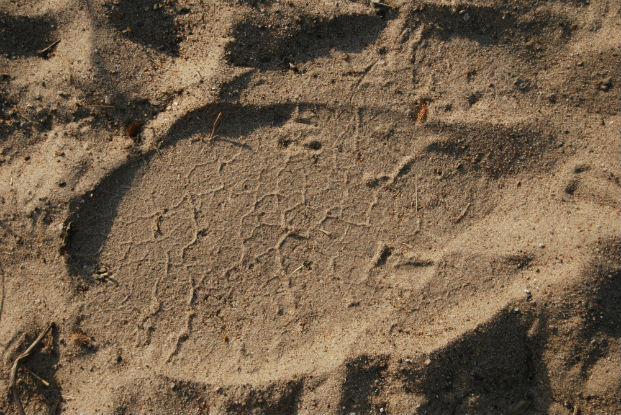
Front and rear elephant footprints in the sand, each spoor is unique to the individual. This elephant is walking from left to right – you can see the sand kicked forward in the direction of movement.
You can’t miss elephant tracks and for that reason no one is going to think you’re amazing when you identify them. But you can tell a lot about an elephant from its spoor. Take some string and wrap it two and half times around track of its front foot. (Hint: the front feet are round, the back feed tend to be more oval). The length of the string gives you the shoulder height of the elephant – you’ll be amazed at how big these animals can be.
6. Stick the boot in
I have no idea if many other people do this but I constantly “toe” buffalo dung to assess its freshness. I’d even do this when I know when the buffalo were there as it’s a good way of learning what day old buffalo poo looks like.
7. Choose your ground
Tracking on fine dusty sand is a pleasure, the tracks look as if they’ve been lifted from the book. However, coarse river sand is your mortal enemy, here the spoor can look like anything but what it is. Once in a river bed I was down on bended knee confidently pointing out each pad of a lion’s spoor only to be told that I had it back to front by one of my guests.
8. Get toilet trained
Dung, scat, faeces, poo – call it what you like, it’s so important when you are reading the bush. It can tell you who, when and why an animal was there. Before arriving in Africa I never imagined I’d become fascinated with poo. Perhaps this fascination reached its zenith whilst I was out running and found what I thought was a perfect example of leopard spoor and scat. So perfect in fact I had to fetch my camera.
9. Act on what you see
Don’t just trust your instincts, act on them. Many times I’ve seen elephant tracks and thought to myself, “ooh, they look fresh,” only to then round a bush to see an elephant standing there. This applies when being assessed to. When asked to identify a track, always give the first answer that pops into your head, changing your mind is usually a mistake.
If you’re interested in training to be a safari guide, you can read all about my year in the Makuleke concession here.
I did my one-year professional field guide course with Eco-Training. It’s an unforgettable experience that I would recommend to everyone.
Get involved
Safari guide training
If like me you’re on the verge of a mid-life crisis, then consider training as a safari guide. It’s cheaper than a Porsche. I did the professional safari guide course in the Makuleke Contractual Park in Pafuri, which is one of the most beautiful places in South Africa. There are other courses too, take a look at the full range in the Courses and Events section, it includes everything from my year-long FGASA accredited course, to shorter courses on tracking and birding.
Tracks and tracking course
watch the short tracks and tracking course video below and then check out the course particulars.

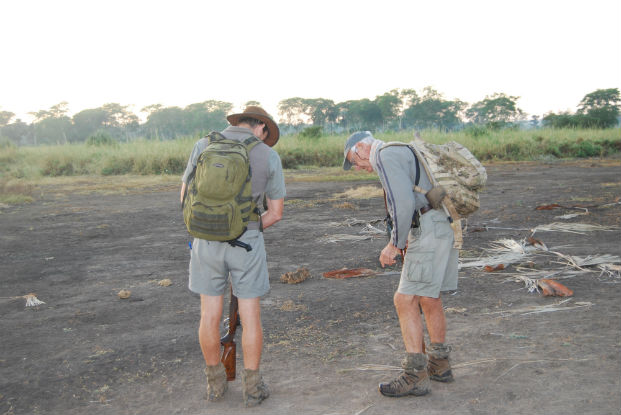
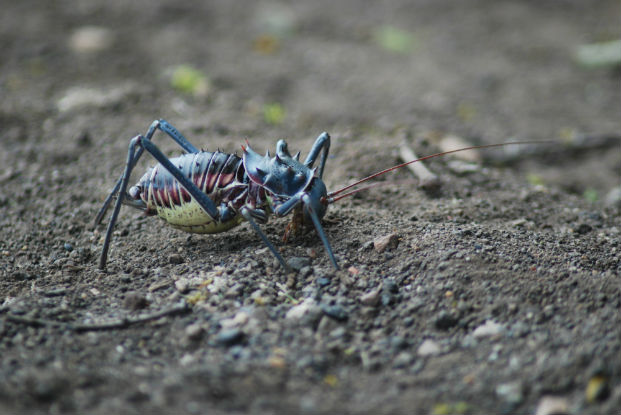
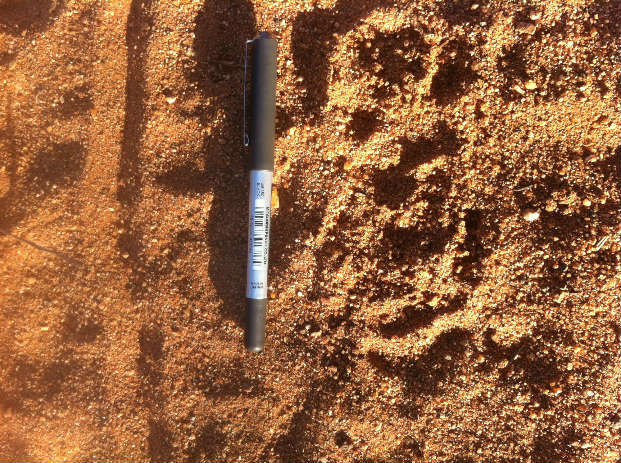
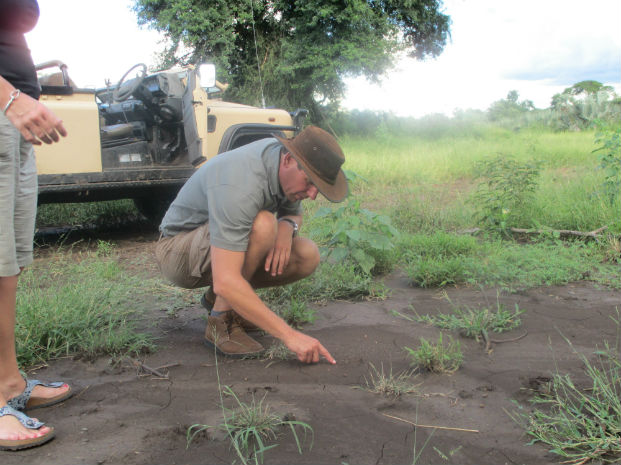
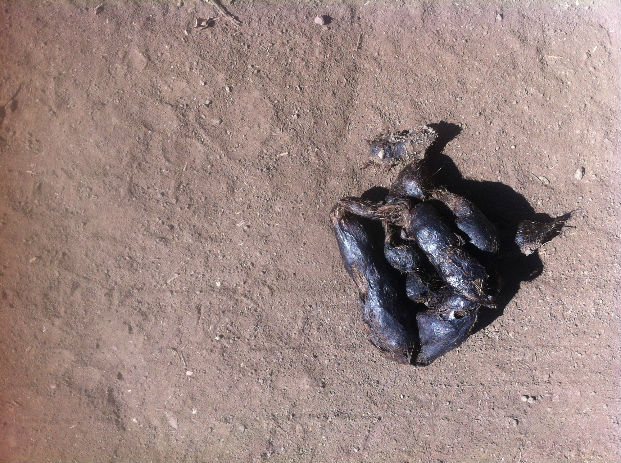
 Previous Post
Previous Post
